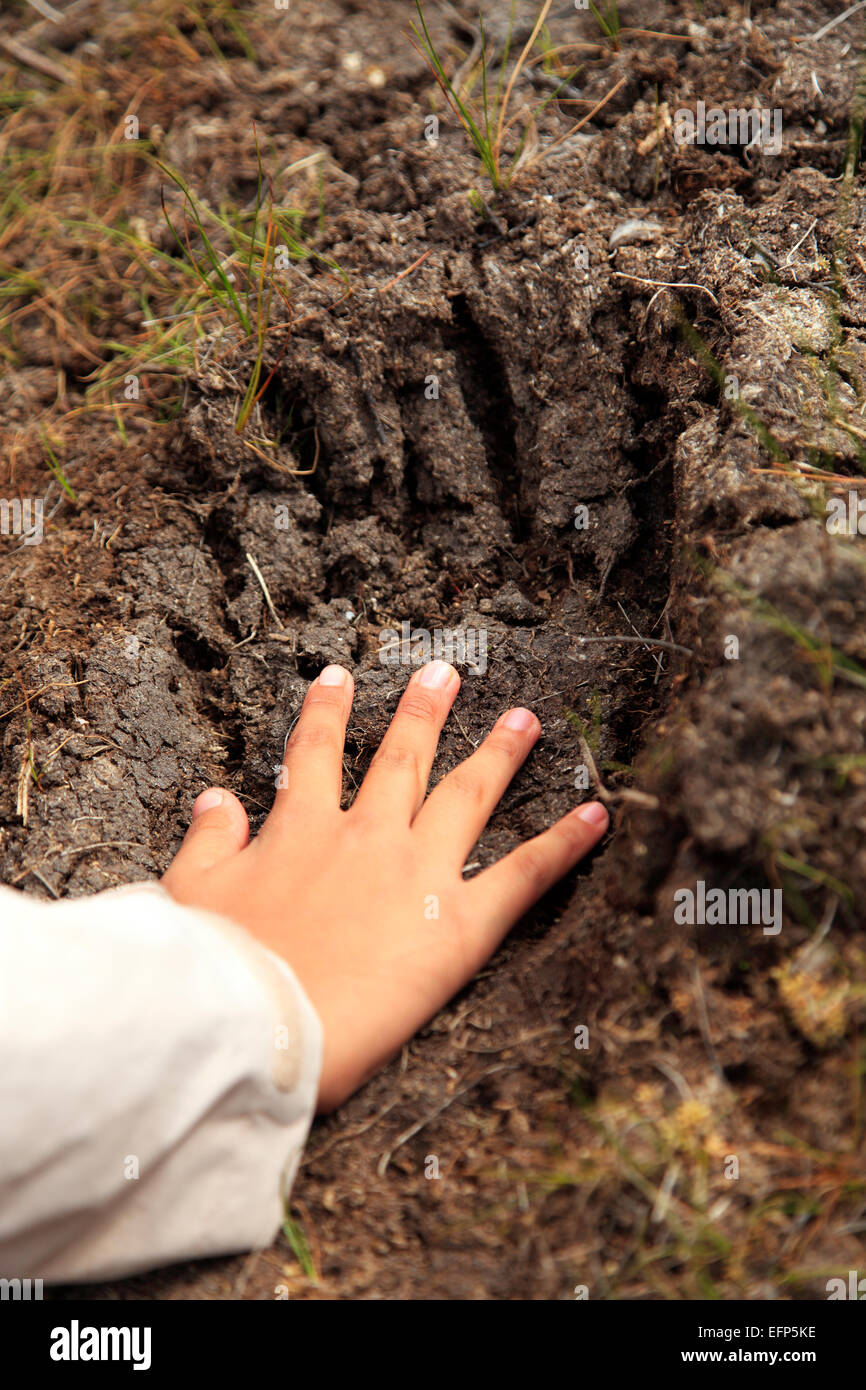
ARE GRIZZLY BEARS HAND DOMINANT UPDATE
Finally we were forced to sue our 2019 lawsuit challenging the Trump administration’s failure to update the bears' federal recovery plan addresses the need for the Fish and Wildlife Service to consider additional areas where grizzlies once lived and can now be reintroduced. First we filed petitions to recover bears in more of their historic range, including areas in Colorado and Utah, and to reintroduce bears into the Selway-Bitterroot area in Idaho. The Center advocates for an expansive and realistic recovery strategy for grizzly bears. Just a few of the threats faced by these persecuted predators are loss of major food sources due to climate change, genetic isolation, and increased human-caused mortality. Fish and Wildlife Service has also listed the Selway-Bitterroot area in Idaho as a critical recovery zone for these bears, though no known grizzly population currently lives there.

Grizzlies now occupy five areas: the Greater Yellowstone ecosystem (including Yellowstone National Park), the Northern Continental Divide ecosystem (including Glacier National Park), the Northern Cascades in Washington, the Selkirks in northern Idaho, and the Cabinet-Yaak in northeastern Idaho and northwestern Montana.

Today they remain in less than 2 percent of their original range. In 1975, when they'd been wiped out almost entirely, grizzlies in the lower 48 were placed on the endangered species list.

Federal predator control of bears, which began in 1915 when grizzly numbers were already greatly diminished throughout the mountains of the West, eliminated bears from much of their remaining habitat. BACKGROUNDĪs human settlers from Europe settled in and in expanded westward across North America - motivated both by fear and the desire for profit - we undertook a massive kill-off of bears. The last administration failed to protect many species on the brink of extinction.


 0 kommentar(er)
0 kommentar(er)
